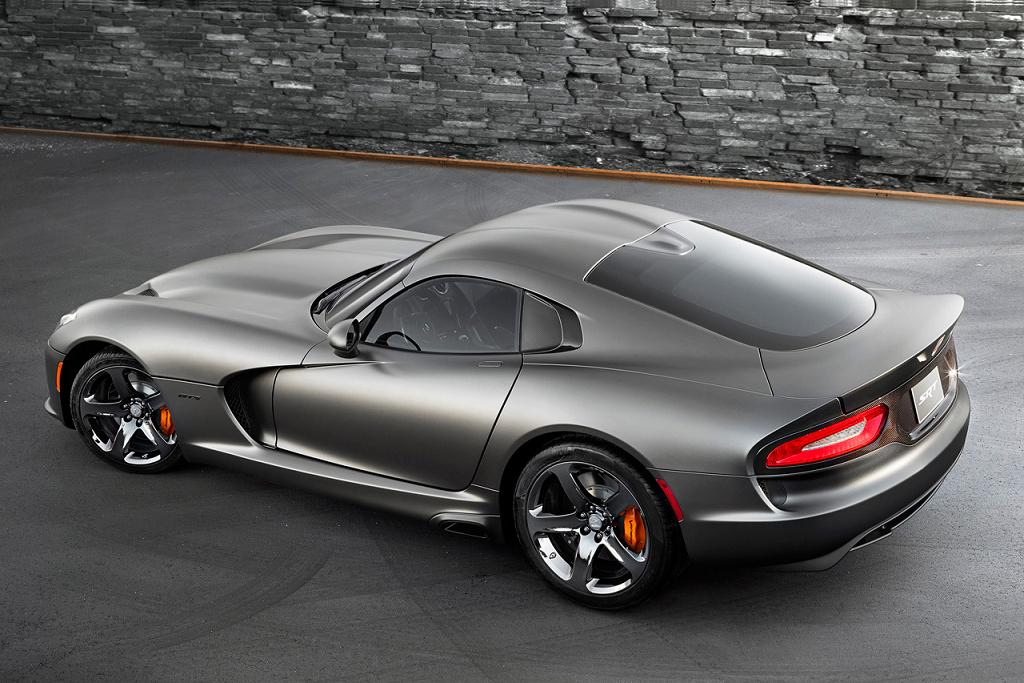The following information comes from a Chrysler engineer who has been heavily involved in the Dodge SRT Viper’s design process.
During the design phase of the current SRT Viper, Chrysler’s marketing team has evaluated and ranked almost 20 aspects that a supercar buyer would mostly be concerned with, using consumer survey data.
The results are pretty interesting. The top 4 factors that the sample customers put heavy weights on are (in order of voting count): 1. car body styling curve (30%); 2. total curb weight (18%); 3. torsional rigidity of the chassis; 4. engine torque. Surprisingly, zero-to-sixty time and top speed are not the most important parameters. Before knowing this, one may probably never imagine the Viper’s exterior styling plays such an important role in a customer’s buying decision.
More Engineering Efforts
Without increasing cost, enhancing the torsional rigidity and lowering the curb weight contradict to each other. Initially, the engineering team planned to increase the torsional rigidity 100% more than the previous generations. But due to a tight development time frame (2 years) and limited budget, the team can only achieve a 50% rigidity enhancement in the end. You can check out our extensive data list here, the current Viper’s torsional rigidity is only 11,400 nm/deg, not very good for sports cars in this price range.
Another effort the engineering team made to lighten the weight is the V10 engine. IT is now 100 lbs lighter than the one found in previous generations.
During the design phase, at one time the engineering team even considered using aluminum to build the car chassis. But the drawback to that would lead to a $20,000 increase of the final MSRP, so the idea was abandoned. There is other reason that the aluminum chassis design is not accepted, due to the fact that when the Viper was under development, the C7 Corvette Stingray was not in the market at that time, so the benchmark is set to the C6 Corvette, and the frame of the C6 (except the Z06 and ZR1) is not made of aluminum. For your reference, the SRT Viper’s chassis is using the same OEM supplier that makes the space frame of the Chevy Corvette.
Furthermore, if Chrysler had decided to use aluminum, it is not that simple to use the same chassis design while using steel rather than aluminum. This is due to different physical characters of the aluminum, and you cannot use the same design to achieve similar strength and rigidity requirements. Therefore it needs a completely new design and new production equipment. Obviously for such a short development period and low project budget, this is impossible.
Viper’s MSRP
Talking about the Viper’s MSRP, some people may consider it to be overpriced. There are multiple reasons for this. For example the Viper’s chassis does not use spot welding, instead it is MIG-welded by hand (MIG means “metal inert gas”). There are thousands of welding points in the Viper’s chassis, this hand-made process takes time and therefore is expensive.
Besides the manual MIG welding, the dashboard area of the Viper’s chassis are made of magnesium, and currently there is only one supplier in US, this is another factor that increases the production cost.
Comments from editor: to increase its sales volume and save the Viper’s fate, the only way for Chrysler to do this is to offer a V8 engine option and bring the price down to $50k – $60k, such that the Viper can compete with the Corvette directly. But according to our Chrysler source, there is no such plan at this moment.
Note to reader: when there is significant non-public information (or information not easily obtainable by an average person) provided by an insider source, YouWheel.com verifies the source’s identity by asking him/her to produce reasonable proof to show he/she works for the auto maker, and also has actually participated in the corresponding project.
Feel free to leave a question or share an opinion in the comment box below
YouWheel.com is dedicated to bringing you the best, in depth news & reviews, tech & specs, throughout the auto industry. Visit http://youwheel.com/welcome/ and sign up today.




Recent Comments